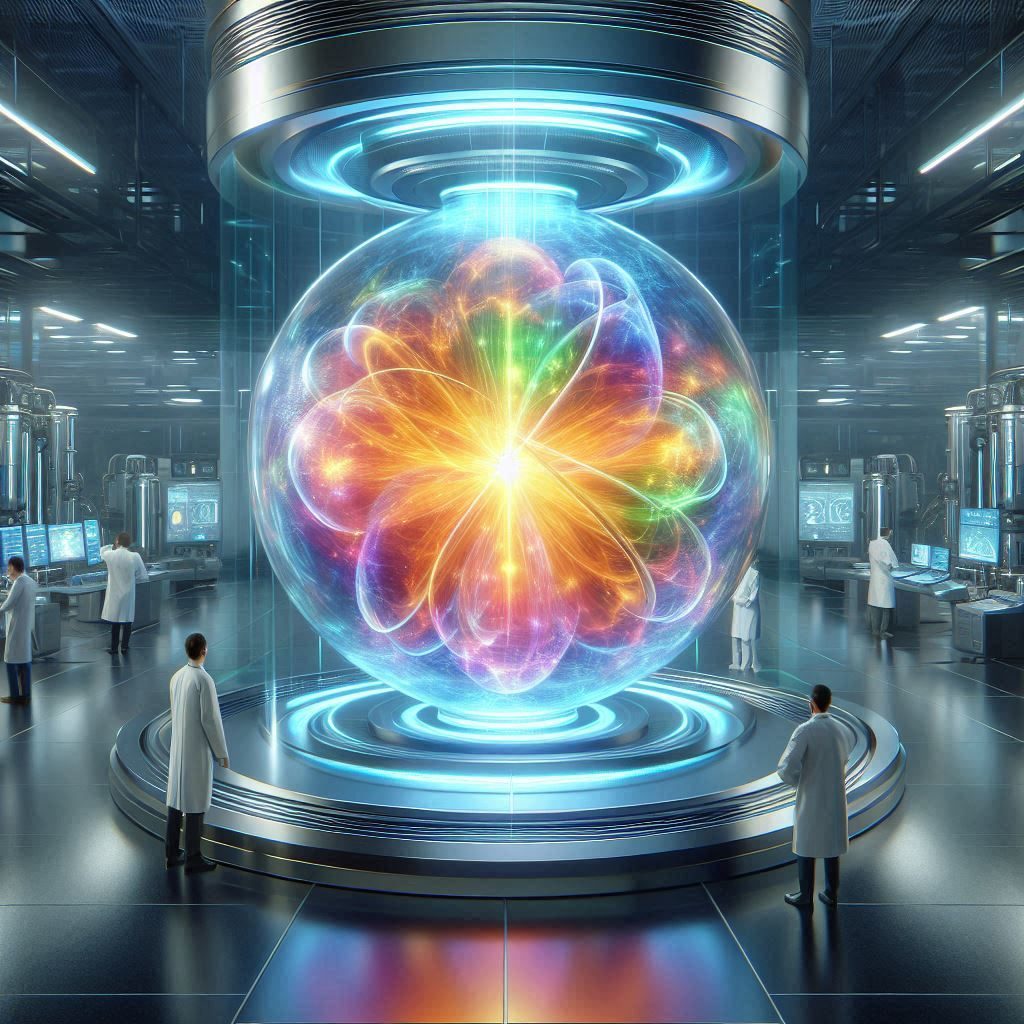At the end of July, China confirmed a “secret” project that could change the course of the AI race.
On paper, it looks like just another industrial project in Beijing’s long list of megaprojects.
But this one is different.
In fact, it might be the most important machine China has ever built.
It’s called the CFR-1000.
The CFR-1000 is a fast neutron nuclear reactor cooled by liquid sodium, which makes it more efficient and more powerful than today’s reactors. But what’s even more exciting for the future of nuclear energy is that this reactor can recycle spent fuel, creating more energy from the same material.
Think of it like a power source that recharges itself while it’s being used.
The CFR-1000 can “breed” new fuel from its own nuclear waste, which allows it to stretch every ounce of fuel further than today’s reactors can manage.
This groundbreaking nuclear reactor could come online soon after 2030. And once that happens, it could provide enough power to support one million homes.
Or it could do something even more consequential for China’s AI ambitions…
It could provide the nonstop electricity needed to run the massive AI data centers that are shaping the future of economic power.
In other words, nuclear energy might become the ultimate power source for artificial intelligence.
And China is working furiously to make sure its power source comes online first.
The New Nuclear Race
For decades now, the U.S. practically abandoned its nuclear energy ambitions.
Plants were closed and new projects stalled, while licensing turned into a bureaucratic maze.
But that’s finally starting to change.
Last summer, Congress passed the ADVANCE Act with overwhelming bipartisan support. This legislation slashed licensing fees and directed the Nuclear Regulatory Commission to move faster on new designs.
And in May, Trump issued an executive order directing regulators to prioritize nuclear pilot projects and clear the backlog of reactor licenses that had stalled for years.
For investors, these legislative moves were a green light to back major nuclear projects here in the U.S.
One of the fastest movers is Aalo Atomics.
Backed by the Department of Energy’s pilot program, the company broke ground in Idaho this summer on a new 50-megawatt reactor.
It’s the first sodium-cooled reactor to switch on in the U.S. in more than forty years, with a target start date of July 4, 2026.
Aalo calls its approach “extra-modular.” Instead of one huge plant, it uses smaller factory-built pods that can be shipped and snapped together.
Image: Aalo
The commercial version, due by 2029, is aimed directly at energy-hungry data centers.
Aalo raised $100 million in its latest funding round, doubled its workforce and opened a new factory in Austin to start building components.
TerraPower, backed by Bill Gates, is building a Natrium reactor in Wyoming. It’s a 345-megawatt sodium-cooled design that includes on-site storage…
Exactly the kind of steady, flexible power that giant data centers will need.
Image: https://www.nucnet.org
The project is expected to cost about $4 billion, half of which is being covered by the Department of Energy. The company also raised another $1.4 billion in private rounds, including a major contribution from Nvidia earlier this year.
X-Energy has raised $700 million to develop its Xe-100 high-temperature reactor, with backing from Amazon’s Climate Pledge Fund, Emerson Collective and Jane Street.
Its design is well-suited for industrial customers and data centers that can’t afford downtime.
And in May, NuScale Power became the first U.S. company in decades to win approval for a new nuclear design.
Its 77-megawatt modular reactor could be deployed by 2030, with plans already in motion for a 462-megawatt 12-module version.
That’s enough to power an entire cluster of AI server farms.
And we’ve already noted how Silicon Valley is now directly linking nuclear to AI.
Google has partnered with Kairos Power to explore molten salt reactors as a long-term supply for its hyperscale data centers. Meta and Amazon are weighing similar projects.
Of course, this approach can seem a little chaotic compared to China’s centralized model.
But messiness is better than inaction.
Especially when it’s powered by private capital and regulatory momentum.
After all, energy is a major bottleneck for AI.
In fact, I believe it will be the main limiting factor for our AI ambitions since it seems we’ll have enough GPUs to run our models.
But training a cutting-edge AI model can consume as much electricity as thousands of homes do in a year.
That’s why deploying those models at scale will require entirely new grids.
Wind and solar help, but they aren’t reliable enough for data centers that run every hour of every day. We saw that earlier this year when most of Spain was left in the dark for hours.
Natural gas will still play a role in the future, but its costs rise and fall in ways that make planning hard.
That leaves nuclear energy, which is carbon-free, dense and — most importantly for AI systems — dependable.
China knows this.
That’s why it’s building reactors like the CFR-1000.
Here’s My Take
The next decade won’t just be about who builds the most advanced AI models in the race to achieve superintelligence.
It will be about who builds the biggest and most reliable power source to run these models.
And nuclear energy could be the perfect solution.
Which doesn’t mean China’s CFR-1000 is a slam dunk. It still faces significant regulatory scrutiny before it can become operational.
But the U.S. needs to lean into this moment if it wants to win the AI race.
That means building up the fuel supply for these new reactors. It also means passing legislation to fast-track licenses and letting private innovators scale.
Our combination of capital and talent should be enough to outpace China’s centralized model…
But only if Washington decides that leading in AI means leading in energy too.
Regards,
Ian King
Chief Strategist, Banyan Hill Publishing
Editor’s Note: We’d love to hear from you!
If you want to share your thoughts or suggestions about the Daily Disruptor, or if there are any specific topics you’d like us to cover, just send an email to [email protected].
Don’t worry, we won’t reveal your full name in the event we publish a response.
So feel free to comment away!
Disclaimer: This story is auto-aggregated by a computer program and has not been created or edited by finopulse.
Publisher: Source link








